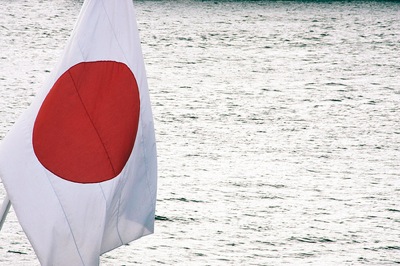(Video Below)
 LA TIMES– How did Japanese workers at the crippled Fukushima nuclear plant
jury-rig fire hoses to cool damaged reactors? Is contaminated water from
waste pools overflowing into the Pacific Ocean? Exactly who is the
national incident commander?
LA TIMES– How did Japanese workers at the crippled Fukushima nuclear plant
jury-rig fire hoses to cool damaged reactors? Is contaminated water from
waste pools overflowing into the Pacific Ocean? Exactly who is the
national incident commander?
The answers to these and many other questions are unclear to U.S. nuclear scientists and policy experts, who say the quality and quantity of information coming out of Japan has left gaping holes in their understanding of the disaster nearly two weeks after it began.
At the same time, they say, the depth of the crisis has clearly been growing, judging by releases of radioactivity that by some measures have reached half the level of those released in the Chernobyl accident of 1986, according to new analysis by European and American scientists.
Read full article about Gaping Holes Surrounding Japan’s Nuclear Crisis.
© 2011 LA Times
REUTERS– Japanese engineers struggled on Sunday to pump radioactive water from a crippled nuclear power station after radiation levels soared in seawater near the plant more than two weeks after it was battered by a huge earthquake and a tsunami.
Tests on Friday showed iodine 131 levels in seawater 30 km (19 miles) from the coastal nuclear complex had spiked 1,250 times higher than normal but it was not considered a threat to marine life or food safety, the Nuclear and Industrial Safety Agency said.
“Ocean currents will disperse radiation particles and so it will be very diluted by the time it gets consumed by fish and seaweed,” said Hidehiko Nishiyama, a senior agency official.
Read full article about Japan’s Radiation Spikes.
© 2011 Reuters
Photo by flickr user OiMax
Fresh radiation fears have emerged in reactor 2 of the Fukushima nuclear plant, as the radioactivity levels are reported to be 100,000 times the normal level.










